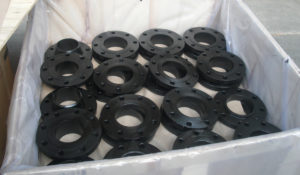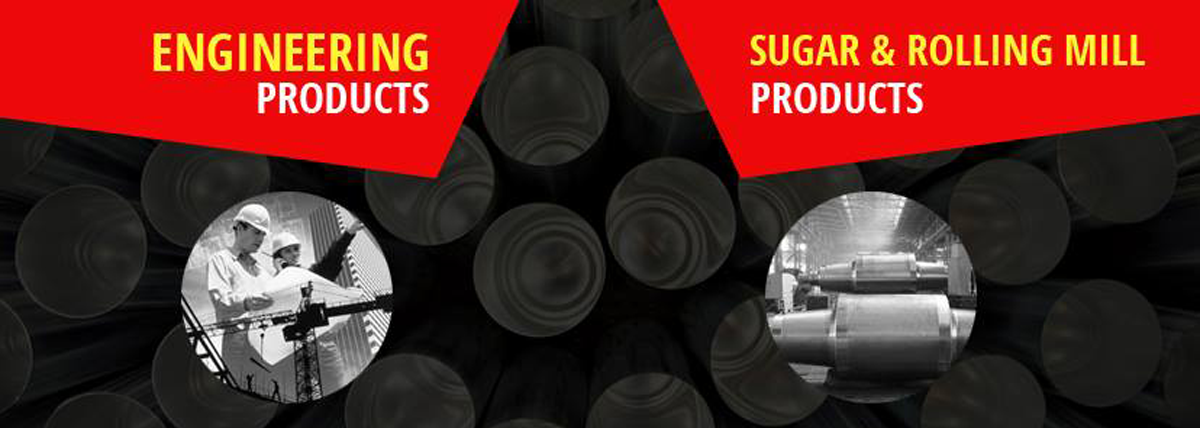
Flanges are plate type, circular shaped devices used for facilitating piping system assemblies. They are fitted to ends of valves, pipes, fittings or any other object so as to connect the pipes with one another. Flanges can be made in varied kinds of materials to suit the material of the equipment to which they are to be connected.
Flanges are manufactured either through forging or casting and each one of the method has its own advantages and drawbacks. Cast flange is inexpensive and offers higher production efficiency. Complex shapes can be made at lower costs with greater accuracy in size and shape of the blank. They offer ease of formation and an ideal surface’s finish can be obtained by them without the need for any surface treatment. But it faces a big drawback and that is inclusion of defects like cracks or porosity and hence, they become unsuitable for applications involving high pressure environments and strong corrosion.
Major strides have been made in the casting technology and the use of computers has led to optimization of the structural geometrical design procedure and the process of casting. Yet cast flanges are unable to meet the stringent prerequisites for working effectively in harsh environment conditions. Thermal power plants, nuclear plants or petrochemical industries find no use for them as welding process is needed and post welding the dependability and quality of the cast flanges cannot be guaranteed. Problem is caused due to the differential shrinkage in the solidification process and metal strength can be low as the melting point of the metal approaches. Both these factors together cause the occurrence of hot tearing or clear cracks on the cast flanges. Sand or slug from molten metal can lead to collection of stains on the cast flanges or bad casting conditions can also become another reason for occurrence of defects in cast flanges.
A large number of flanges on the other hand are forged carbon steel flanges. The raw material of forged steel flange is normally a pipe billet. This is cut and hammered continuously for removal of defects like looseness or segregation in the metal bar. There are three basic types of forging methods followed, die forging, free forging and fetal membrane forging. The selection of the forging method depends upon the forging quality desired and the production batch numbers.
Carbon steel forged flanges have certain superior features as compared to cast flanges. But they possess one drawback and that is they cannot achieve complex shapes which cast flanges can achieve. However, they are comparatively rust resistant due to their low carbon content and possess a compact structure and better streamline shape with the result their mechanical properties are superior to cast flange. Forging offers compatibility with greater tensile and shear forces as compared to casting. Internal defects re rarely seen on forged flanges. These are most suited for applications involving strong corrosion or high pressure environments.
Stainless steel seamless pipes suppliers, stainless steel plates suppliers, v belts suppliers and all other related dealers know the superiority of carbon steel forged flanges and can determine which of the two is best suited to the required application.

